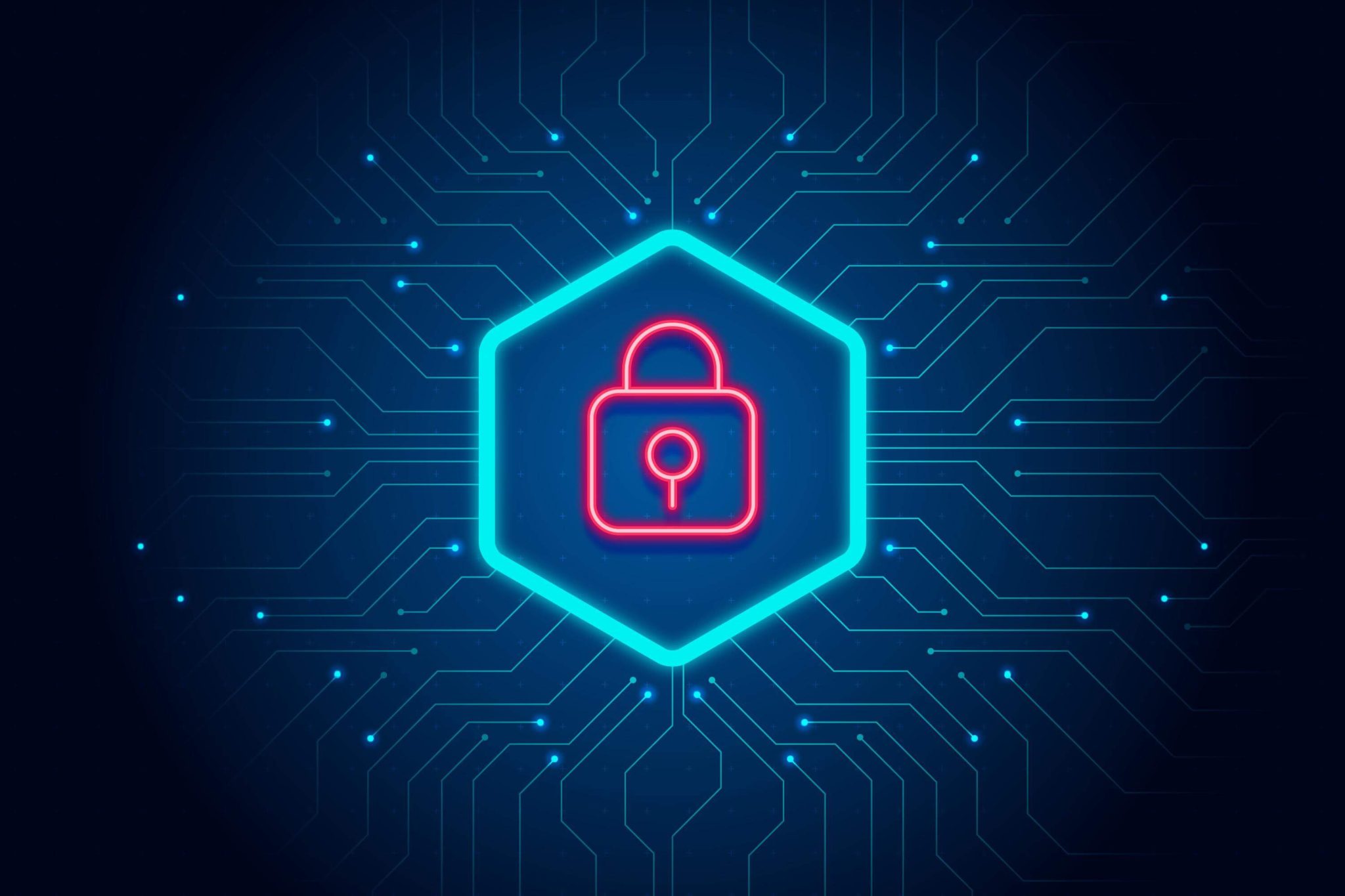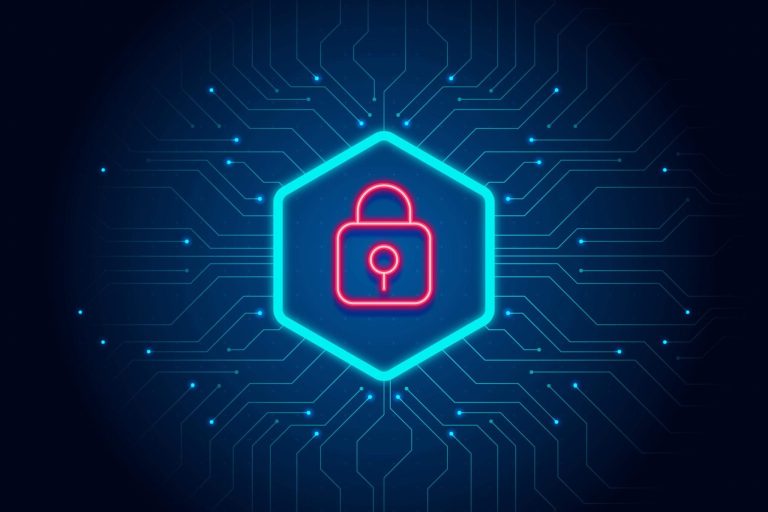How Port and DNS Record Monitoring Can Protect Your Business from Cyber Threats
Most businesses focus their cybersecurity efforts on endpoints, email, firewalls, and keeping software patched. But overlooking external monitoring of ports and DNS records leaves dangerous blindspots.
By proactively monitoring your open ports and DNS configurations, you can quickly detect early signs of compromise from outside the network perimeter. This gives you a critical chance to respond before attackers gain a foothold.
In this guide, I’ll explain how port and DNS monitoring serves as an early warning system against cyber intrusions and insider threats.
Dangers of Unmonitored Open Ports
The open ports on your public IP addresses expose your organization to attacks:
- Reconnaissance – Attackers scan ports to map out your infrastructure and pinpoint specific vulnerabilities.
- Exploits – Hackers attempt to exploit open ports by submitting malicious payloads to gain access.
- DDoS – Open internet-facing ports allow floods of traffic that can overwhelm systems and bandwidth.
- Unauthorized traffic – Suspicious connections from unknown sources to dormant ports can indicate compromised insiders.
- Malware communications – Infected endpoints connect to command-and-control servers via open ports allowing remote control.
- APT persistence – Advanced persistent threats use open ports to maintain their foothold on your network.
Without monitoring, you remain blind to these threats. By passively tracking open ports, you gain visibility to detect attacks early.
Why Port Monitoring Matters
Continuously monitoring your open ports provides valuable protection:
- Detect compromise attempts – Unauthorized scans and exploitation efforts against ports get flagged for your review.
- Stop insider threats – Discover misuse of open ports for illicit outbound communications.
- Verify firewall rules – Confirms ports thought to be blocked are inaccessible externally.
- Spot misconfigurations – Identify unintentionally exposed services due to errors.
- Watch protocol usage – Monitor relative volumes of UDP vs TCP traffic across ports.
- Notice traffic spikes – Uncover DDoS attacks based on sudden port workload surges.
- Maintain compliance – Adhering to regulations requiring logging of external connections.
Without port monitoring, you will miss the early signs of compromise. But don’t take on the complex task of internal logging and analysis yourself. Leverage an expert external monitoring service for continuous protection.
Critical Port Monitoring Best Practices
Follow these best practices to monitor your open ports effectively:
- Catalog the permitted open ports on external IP addresses to establish a known baseline.
- For each port, document the allowed protocols (TCP, UDP etc.) and expected legitimate traffic.
- Perform frequent port scans from diverse global locations to detect any changes.
- Analyze traffic to watch for unusual connection sources, volumes and payloads.
- Set up real-time alerting for any new open ports discovered.
- Enable alerts if dormant ports suddenly receive connections.
- Review port monitoring reports regularly for trends and outliers.
- Coordinate monitoring with your network security team to rapidly validate threats.
- Supplement with internal endpoint monitoring to correlate unauthorized port usage.
Port monitoring combined with firewalls, endpoint protection, and IT controls provides overlapping threat detection.
How DNS Monitoring Protects Businesses
The Domain Name System (DNS) maps domain names to IP addresses and is crucial for routing traffic online. If hackers alter your DNS records, they can redirect your website and email to their own servers for:
- Intercepting sensitive communications
- Stealing website traffic and search rankings
- Spreading misinformation on falsified sites
- Launching phishing and malware campaigns
- Distributing denial-of-service attacks
That’s why monitoring your DNS records externally for any changes is so important:
- Detect tampering – Get alerted immediately if your A, MX, CNAME or other records get altered.
- Stop traffic redirection – Prevent hackers from hijacking your traffic before major damage is done.
- Preserve uptime – Notice DNS outages quickly to resolve them before customers are impacted.
- Maintain brand control – Block scammers from creating fake domains mimicking your own.
- Protect reputation – Keep search engines from indexing fake sites with stolen content.
Without DNS monitoring, you leave the keys to your online presence in the hands of attackers. Detect DNS record changes in real-time to take control back.
Critical DNS Monitoring Best Practices
Follow these steps to effectively monitor your DNS:
- Catalog all public DNS records – name servers, MX records, CNAMEs, etc.
- Check DNS configurations against trusted registries to establish a baseline.
- Perform frequent DNS configuration audits to detect any alterations.
- Monitor records from locations across the globe to simulate worldwide clients.
- Set up immediate alerts if any DNS record gets changed without authorization.
- Investigate any DNS queries or traffic from unknown origins.
- Review DNS query and error logs for anomalies that could indicate exploitation attempts.
- Correlate DNS monitoring data with website traffic stats and network security events.
- Continuously monitor alongside endpoint, network and firewall activity for full protection.
Why Businesses Need Continuous External Monitoring
Most organizations focus their time and resources on internal monitoring and defenses. But external monitoring is essential for:
- Independent perspective – Provides an unfiltered lens directly on your public attack surface.
- Real user context – Checks your systems and records as remote users see them.
- No visibility gaps – Eliminates blindspots from internal network topology and access restrictions.
- Cost efficiency – Monitoring fully external requires no hardware or software to deploy and maintain internally.
- Time savings – No need to monitor externally yourself which is complex to properly configure and analyze.
- Superior threat detection – Purpose-built to detect attacks and unauthorized changes users would normally miss.
- Rapid notifications – Get alerted of threats in real-time via SMS, email and other channels.
With rising threats, the value of continuous around-the-clock external monitoring is immense.
How Network Notifications Complements Your Defenses
Network Notifications makes reliable enterprise-grade external port and DNS monitoring accessible for organizations of any size.
It equips you with:
✅ Continuous port monitoring to uncover misuse and cyber intrusions before damage is done.
✅ DNS configuration monitoring to instantly detect tampering by attackers.
✅ SMS, email, and webhook alerts to notify your team in real-time of threats.
✅ Detailed historical reports providing visibility into changes over time.
✅ An intuitive web interface requiring no special expertise to use.
✅ Affordable plans to fit any budget and team size starting at just $19.99/month.
Add Network Notifications’ external monitoring capabilities to your cybersecurity tech stack for end-to-end protection.
Conclusion
Around-the-clock monitoring of open ports and DNS configurations from outside your network is now an essential component of cyber defense.
Without it, your organization remains unaware of attackers performing reconnaissance, delivering malware, and hijacking traffic through manipulations to these externally facing systems.
By combining continuous port monitoring, DNS monitoring, and internal endpoint visibility, you can detect cyber threats at the earliest stages before they lead to data theft, financial fraud, and business disruption.
Take control of your attack surface by signing up for Network Notifications today!



